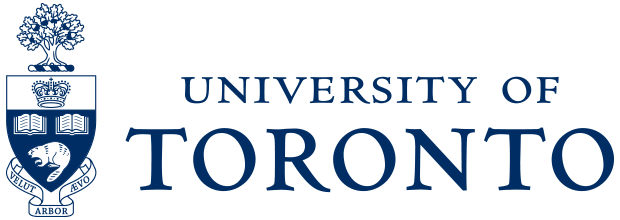
Astroparticle physics research at the University of Toronto goes back to at least the early 1970s, when Professor Dick Azuma became interested in nuclear reactions of astrophysical interest. He was a leading figure in low-energy nuclear physics and nuclear astrophysics and, upon his arrival initiated a research program investigating fusion reactions of hydrogen burning in stars. He later made important contributions to our understanding of processes in red giant stars which play a role in determining whether they become neutron stars or black holes. Professor Azuma was also instrumental in helping to establish an experimental group at TRIUMF during his time as department chair, an early example of the University of Toronto’s leadership within Canada’s astroparticle physics network.
The University of Toronto currently has several faculty whose areas of focus intersect with the McDonald Institute’s scientific priorities. Professor J. Richard Bond is part of the Canadian Institute for Theoretical Astrophysics, and studies dark matter and dark energy. Bond is best known for developing the theory and analysis of cosmic microwave background radiation fluctuations into a tool that can be used to learn more about the universe. Professor John Martin’s work in particle physics contributed to the 2011 discovery of neutrino oscillations; in addition he was a member of one of the five collaborations (SNO was another) that won the 2015 Breakthrough Prize in Fundamental Physics for the discovery of neutrino oscillations. More recently, Professor Roberto Abraham was part of the group that discovered a galaxy that appears to contain no dark matter. His work looks at galaxy evolution in order to better understand what they looked like in the early universe.
Through its partnership with the McDonald Institute, the University of Toronto will be hiring an additional physics faculty member who will develop their own research group, building on the legacy of astroparticle physics at the university and growing Canada’s talented network in this area.
The University of Toronto acknowledges the land on which it operates. For thousands of years it has been the traditional land of the Huron-Wendat, the Seneca, and the Mississaugas of the Credit River. Today, this meeting place is still the home to many Indigenous people from across Turtle Island and the University of Toronto community is grateful to have the opportunity to work on this land. Read more
